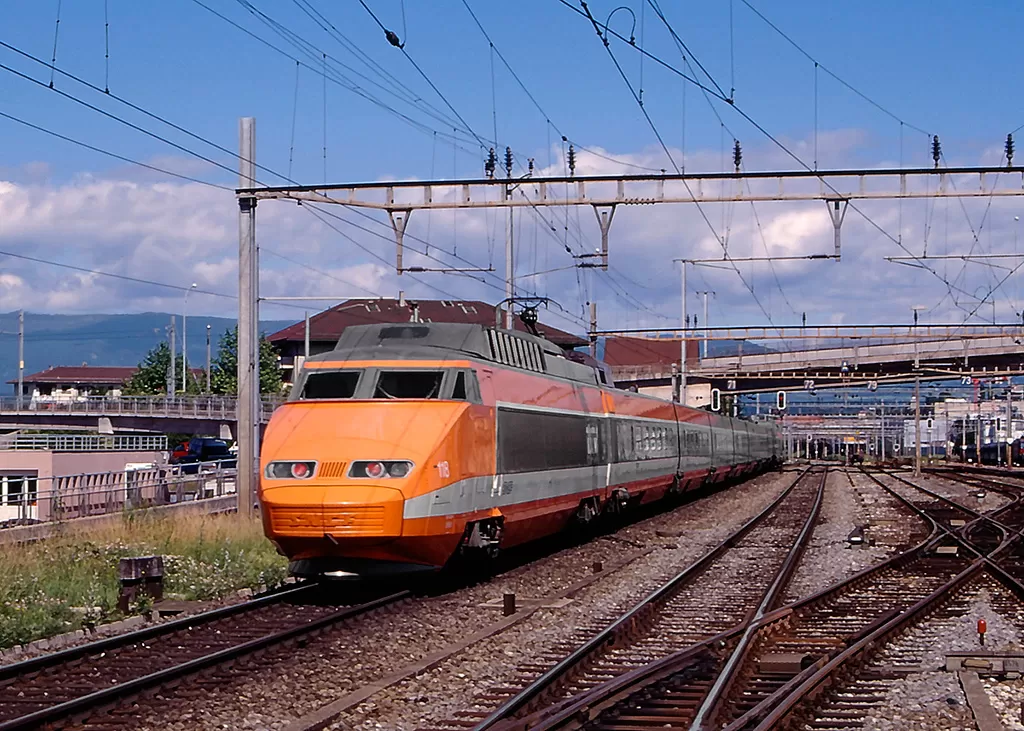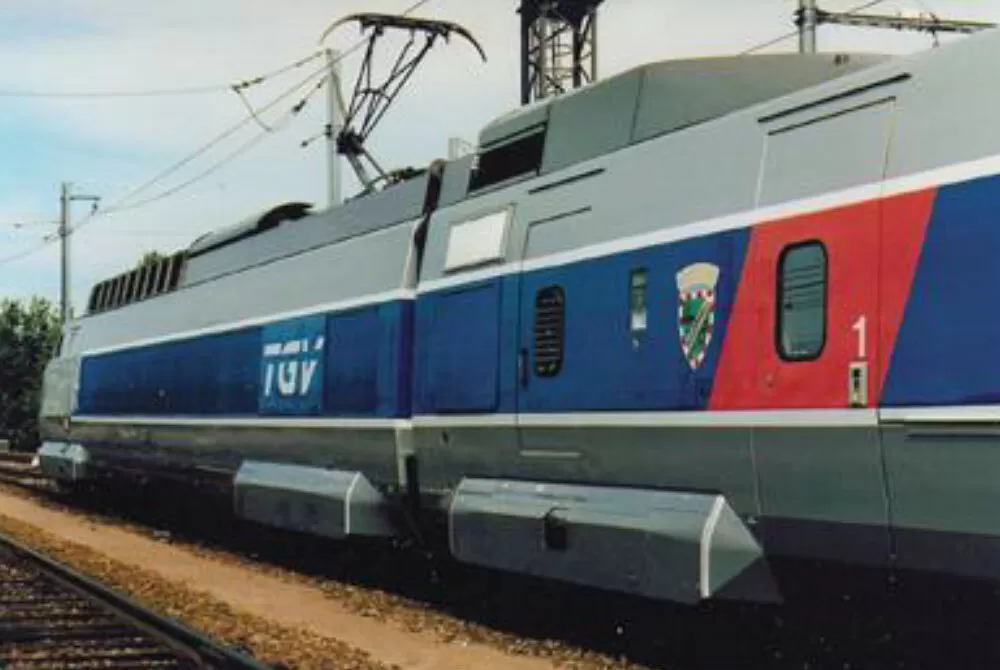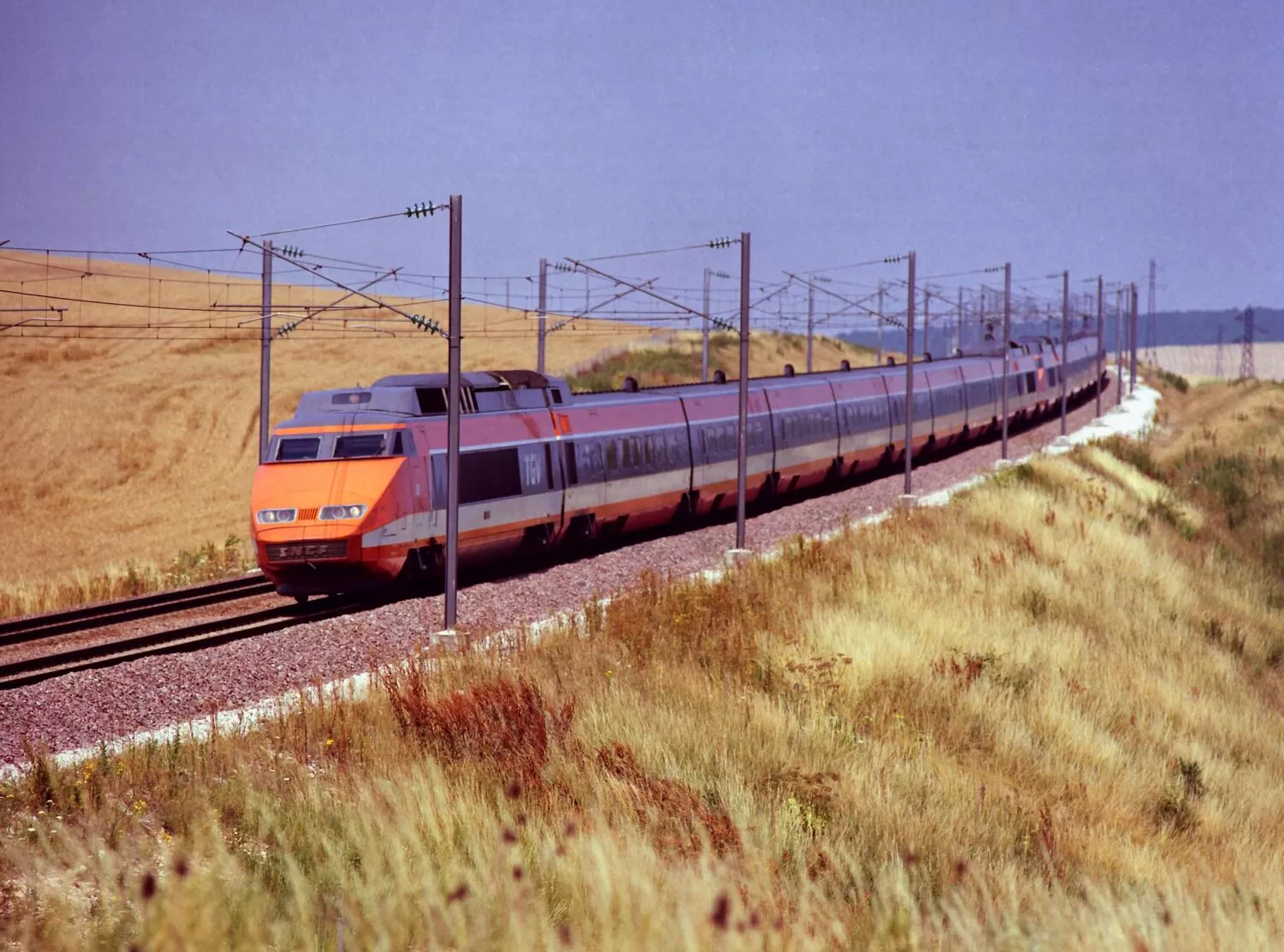
Source: commons.wikimedia.org
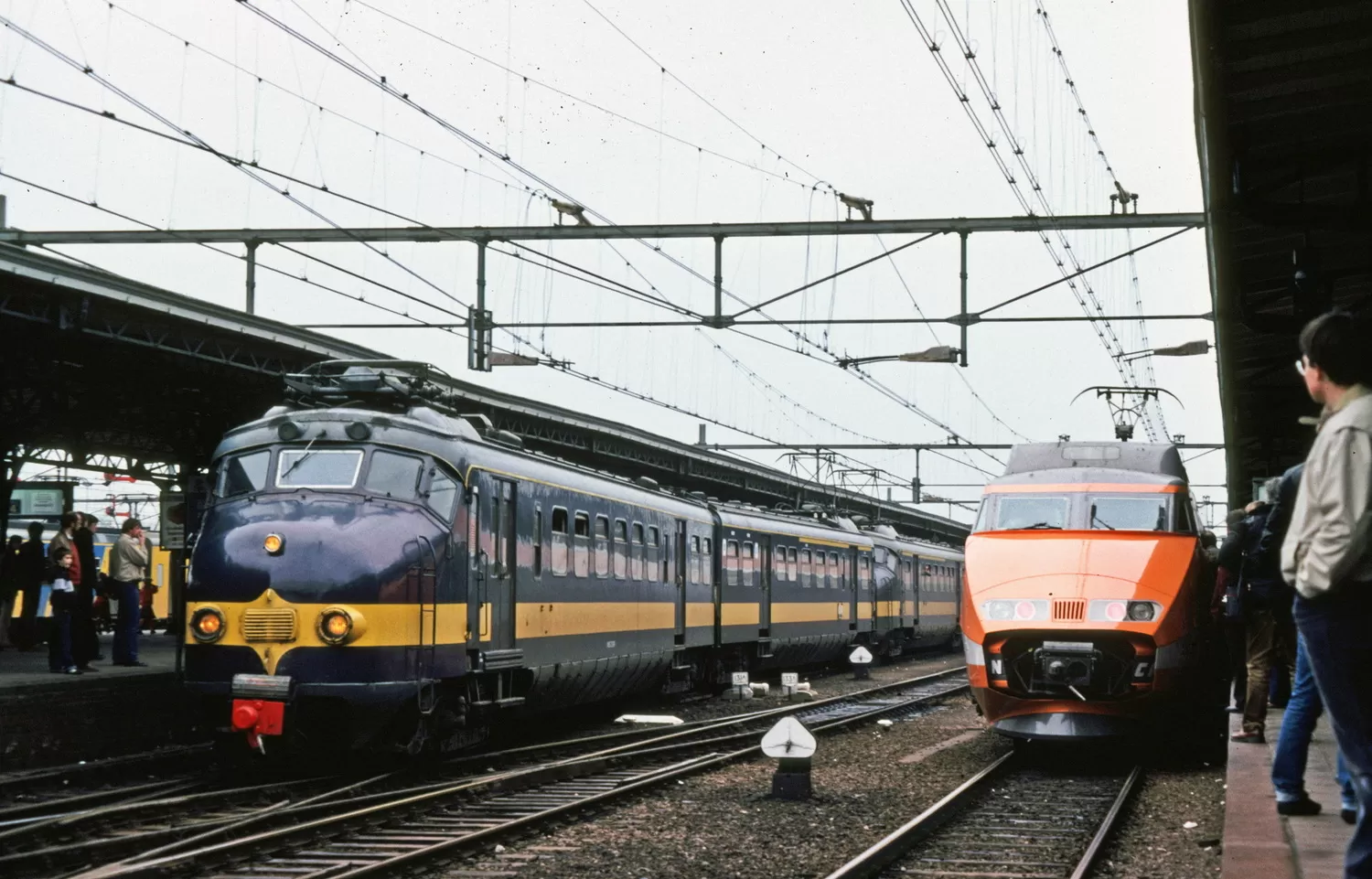
Source: Peter Velthoen
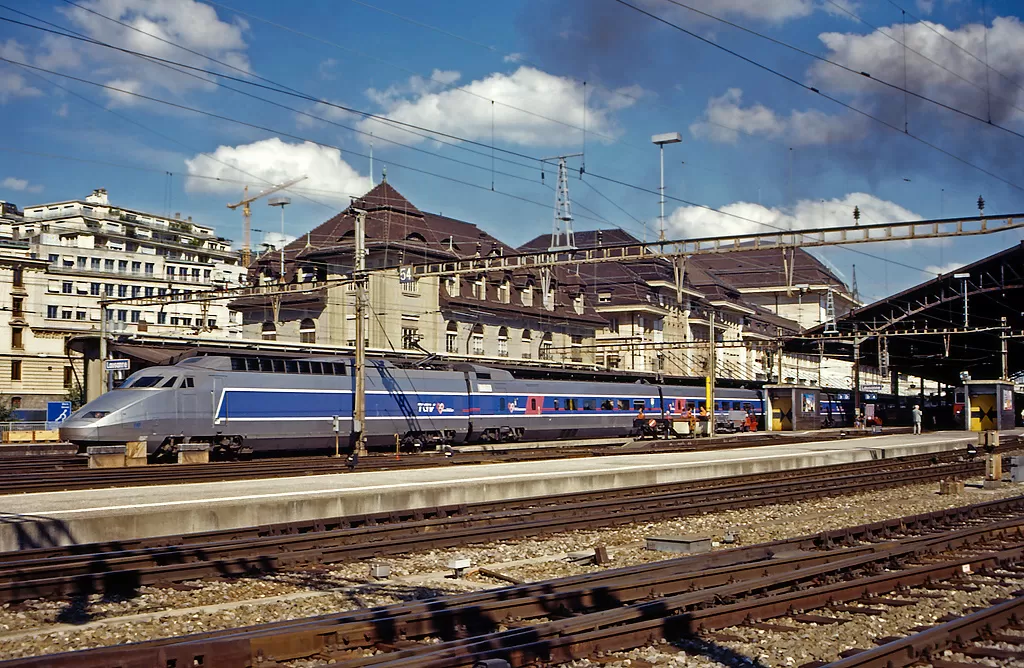
Source: maurizio messa
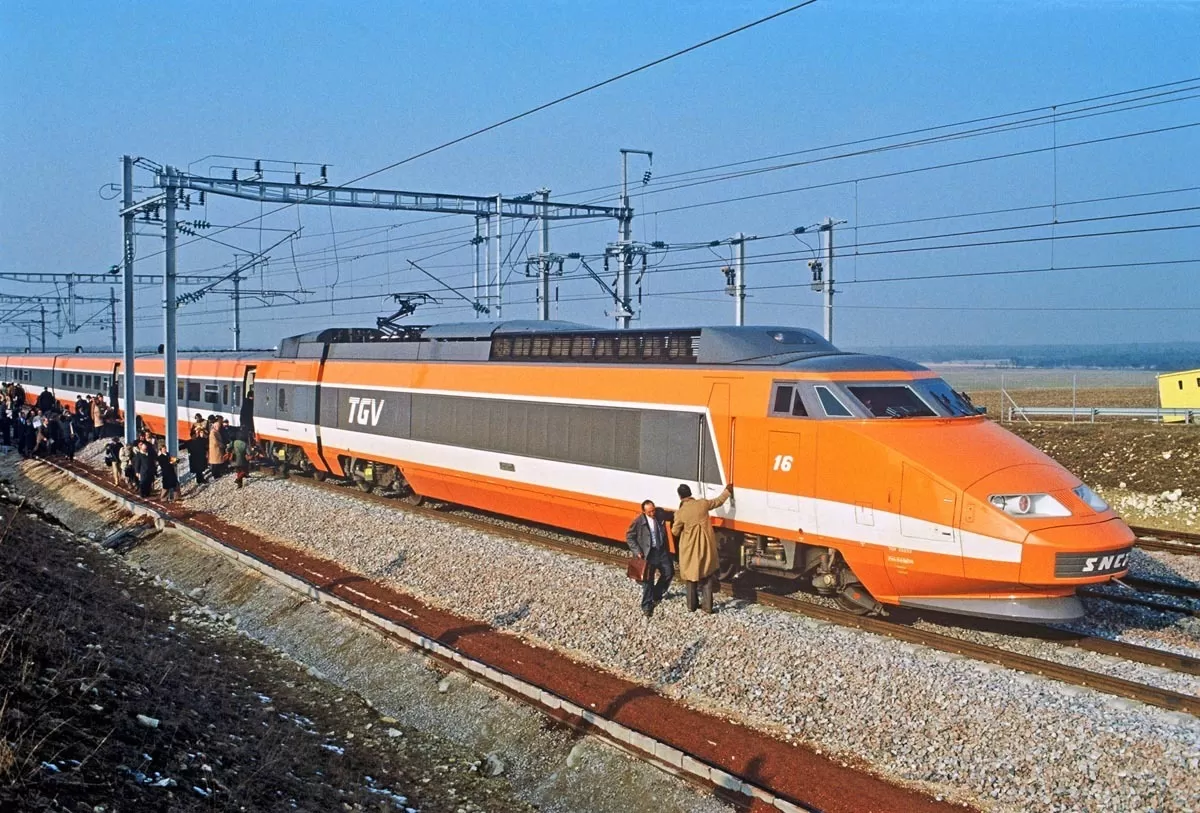
Source: openarchives.sncf.com
Also known as:
Vehicle type:
Registration country:
Railway companies:
25 kV AC / 50 Hz
*AC power
3'100 kW*
*DC power
1978
NB: These units are registered 01 to 102 but unit 99 never existed.
1981
February 26
"TGV 100"
For this test, unit 16 lost three cars out of the eight for a standard train (307 tons instead of 385 tons), got larger drive wheels (1050 mm instead of 920 mm), hardened shock absorbers and steel friction strips on the pantographe which is equally equipped with stability fins. A laboratory is installed on board to control the parameters directly. It should be noted that while the power cars and three wagons were indeed those of train set 16, the R1 1st class trailer fitted out with the on-board laboratory came from train set 33, which has the particularity of having sockets for observing the pantograph, while the R8 trailer came from the pre-series train set 01 as it is equipped with an onboard generator.
The track did not undergo any specific modification for this test, while the catenary has undergone certain adaptations: over voltages from 1500 to 2000 daN, contact wire of 150 mm2 instead of 120 mm2, the voltage has been increased to 29 kV.
On Thursday February 26, 1981, in the middle of the afternoon, unit 16 stops at the level of the Serein viaduct, at km 192, on track n° 2. Once the check-list is done, the train starts at 3:33 p.m. The speed increases quickly: almost 200 km/h at kilometre 190, 300 km/h at kilometre 184. The speed of 331 km/h of the previous 1955 record is reached then exceeded around km 175. 360 km/h, the objective of this campaign, at kilometre 162. The maximum speed of 380 km/h is reached at the level of kilometres 157 and 156 thanks to a fairly long downward slope of 11.5 per mile. On the strength of this result, a second run is organised, this time with around a hundred observers on board, including many journalists, to experience this feat from inside the unit. New start at 4:37 p.m. Unfortunately, following the presence of an intruder in the danger zone, the train is forced to brake prematurely and reaches a maximum speed of only 364 km/h.
NB: unlike the 1955 record where the limits of the track and the equipment had been reached, during this test there was still some margin but it was preferred not to take any risks with commercial operation scheduled to begin less than seven months later.
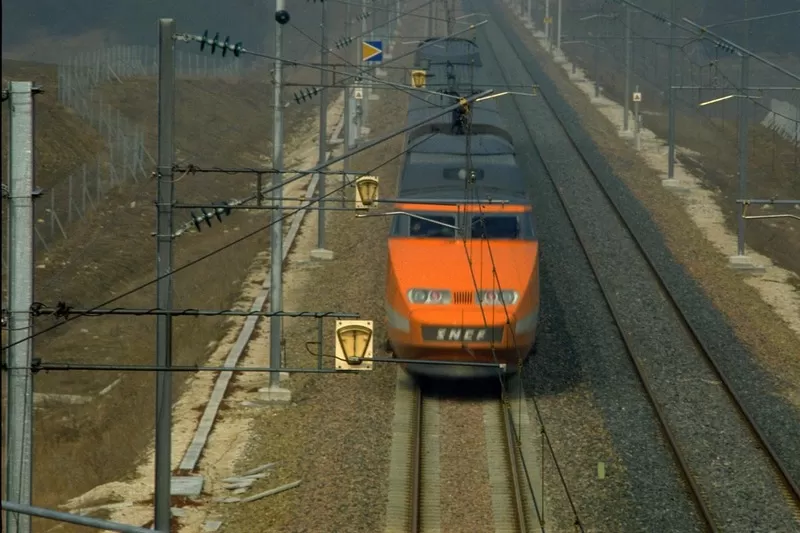 Source:
openarchives.sncf.com
Source:
openarchives.sncf.com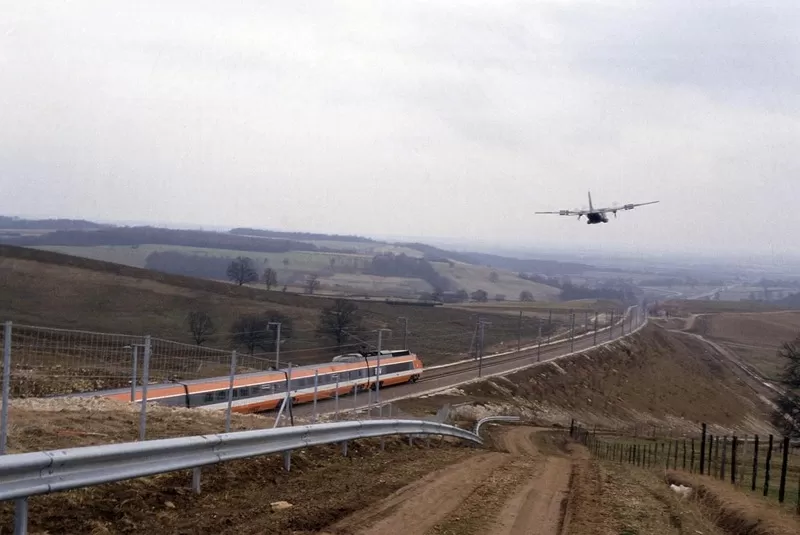 Source:
openarchives.sncf.com
Source:
openarchives.sncf.com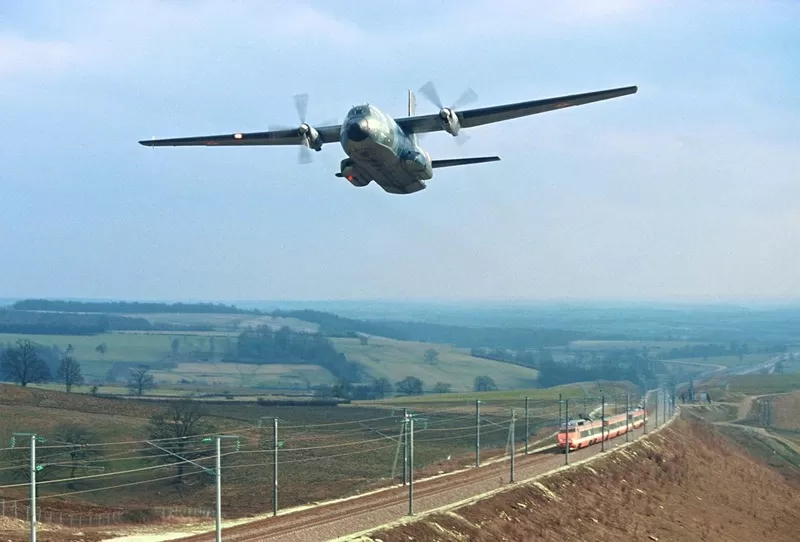 Source:
openarchives.sncf.com
Source:
openarchives.sncf.com Source:
openarchives.sncf.com
Source:
openarchives.sncf.com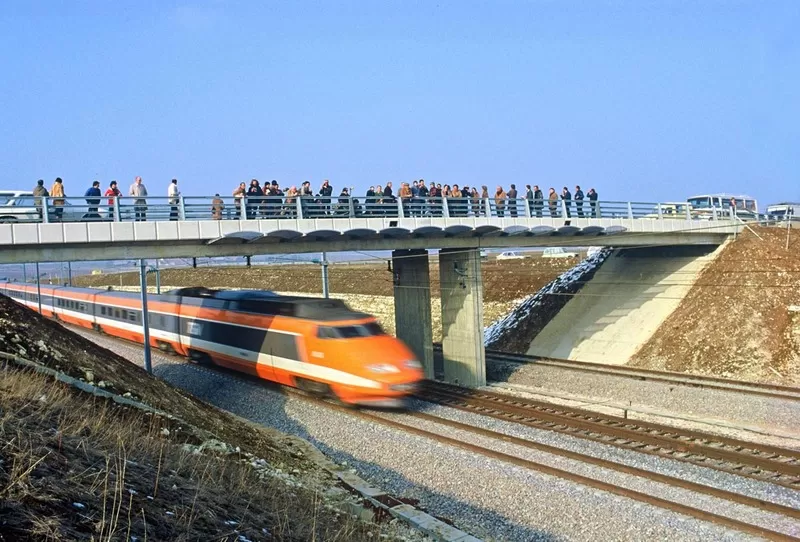 Source:
openarchives.sncf.com
Source:
openarchives.sncf.com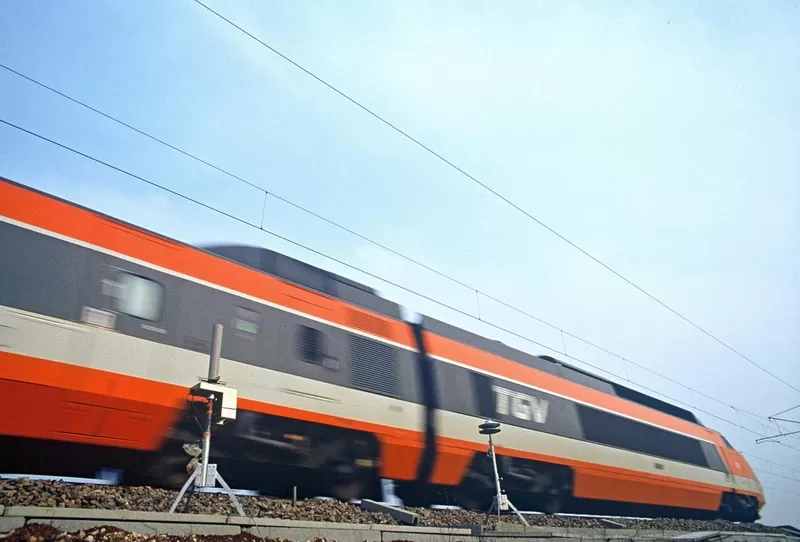 Source:
openarchives.sncf.com
Source:
openarchives.sncf.com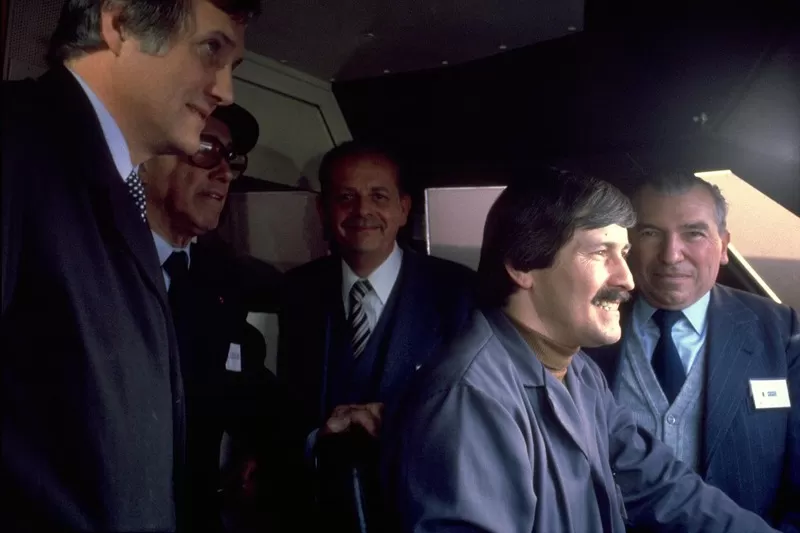 Source:
openarchives.sncf.com
Source:
openarchives.sncf.com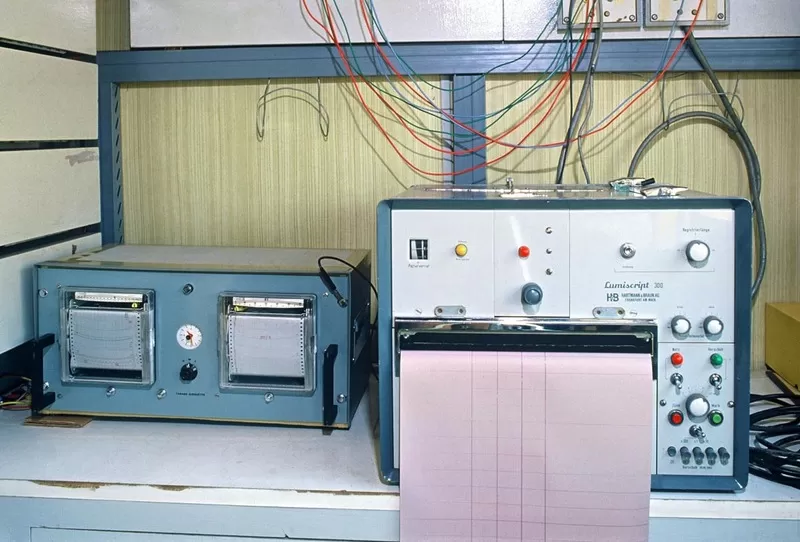 Source:
openarchives.sncf.com
Source:
openarchives.sncf.com1988
1994
February
1997
2020
February
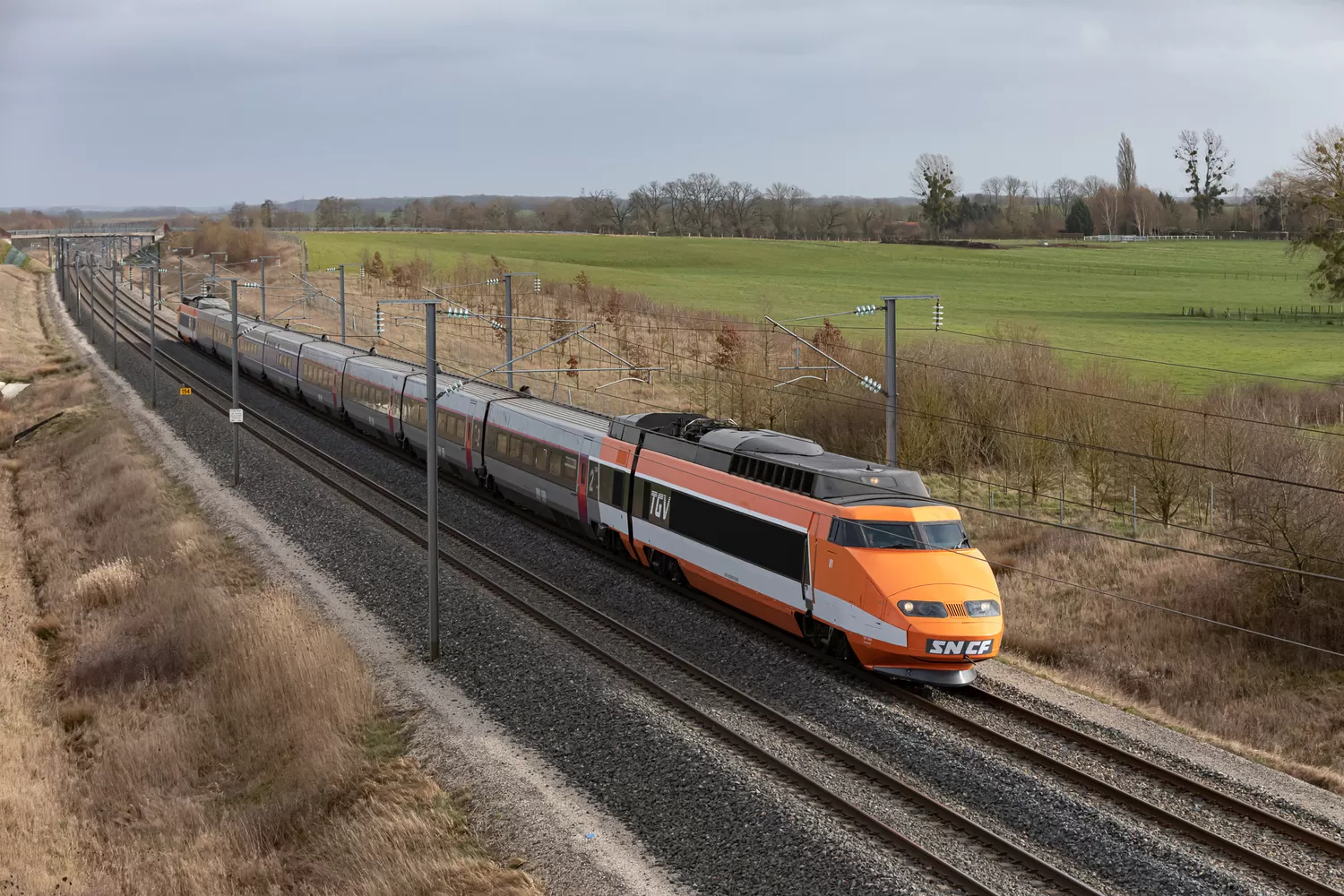 End
clap for TGV 01
End
clap for TGV 01After 40 years of service, during which it has traveled 14 million kilometres (the equivalent of 335 trips around the world), train set 01 "Patrick" is making a farewell tour, thus allowing SNCF agents and the public to pay it a final tribute.
For the occasion, the mythical train has been repainted in the colours of its historic liveries: original orange for the power cars, blue and carmillon for the passenger cars.
Train 01 was present for a last "goodbye" at Paris Gare de Lyon on the weekend of February 29th and March 1st, as well as at Lyon Perrache station on the weekend of March 7th and 8th, 2020. On board the train, an exhibition (photos, videos, models) retraced the history of high speed, from the creation of the first LGVs to the TGV of the future, with in particular a focus on the TGV speed records.
Do you have additional informations regarding this vehicle?
Help us writing the history of TGV South-East! Your knowledge is precious for us and the entire community, do not hesitate to share your facts, photos or videos:
Latest update on the 4th of November 2022 at 22:21
Contributor(s): Tudor C.
Discussion forum

